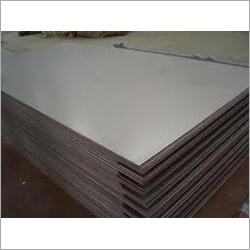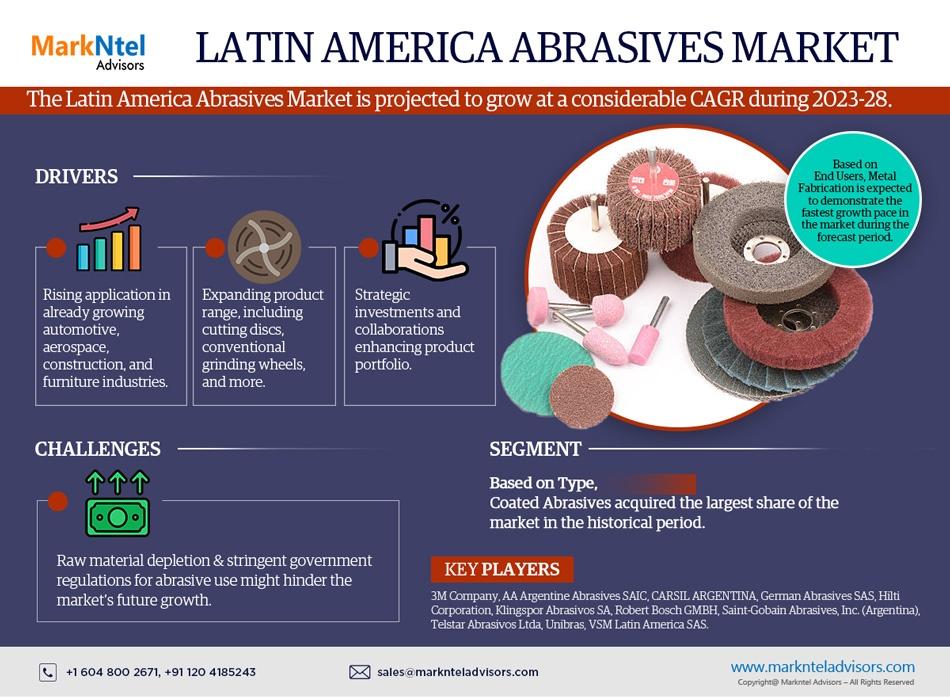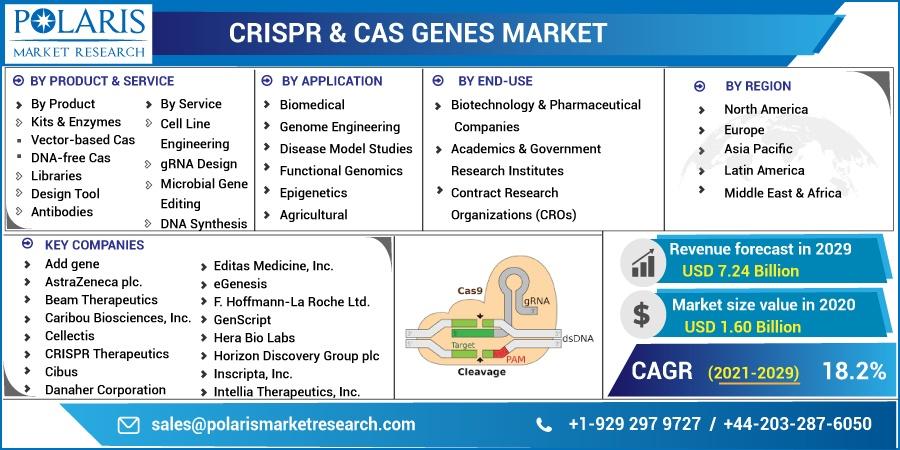Titanium, a metal known for its exceptional strength, low density, and corrosion resistance, has become a crucial material in various industries. From aerospace to medical implants, titanium plays a pivotal role in shaping modern technology. Have you ever wondered how this remarkable metal transforms from raw ore to the high-quality titanium sheets that drive innovation? Join us on a fascinating journey through the manufacturing process of titanium sheets, where science, precision, and craftsmanship converge to create excellence.
- Extraction of Titanium Ore:
The journey begins deep within the Earth’s crust, where titanium ore—typically in the form of ilmenite or rutile—is mined. This ore is then processed to extract titanium dioxide, the precursor to pure titanium metal.
- Conversion to Titanium Tetrachloride:
The next step involves converting titanium dioxide to titanium tetrachloride through a chemical process. This compound is a key intermediate in the production of titanium metal.
- Reduction of Titanium Tetrachloride:
In a high-temperature environment, titanium tetrachloride undergoes a reduction process using magnesium or sodium. This results in the formation of titanium sponge—a porous, metallic mass that serves as the foundation for further refinement.
- Melting and Forming Ingots:
The titanium sponge is then melted using specialized techniques, forming titanium ingots. These ingots are massive blocks of pure titanium that serve as the starting point for various applications, including the creation of titanium sheets.
- Hot Rolling Process:
To transform titanium ingots into thin sheets, the hot rolling process is employed. The ingots are heated to high temperatures and then passed through a series of rollers, gradually reducing the thickness of the material. This step requires precision to achieve the desired thickness for specific applications.
- Cold Rolling and Annealing:
Following hot rolling, the titanium sheets undergo cold rolling, further refining their thickness and improving surface finish. Annealing, a heat treatment process, follows to enhance the material’s mechanical properties and remove any residual stresses.
- Surface Treatment and Quality Control:
Surface treatment techniques, such as pickling and passivation, are applied to enhance the corrosion resistance of the titanium sheets. Rigorous quality control measures ensure that each sheet meets the stringent standards required for its intended use.
- Cutting and Shaping:
The final titanium sheets are cut and shaped according to the specifications of the end product. Precision cutting ensures that the sheets are ready to be integrated into various applications, from aircraft components to medical devices.
Conclusion:
The journey from titanium ore to high-quality sheets is a testament to the intricate processes and craftsmanship involved in the manufacturing of this exceptional metal. As industries continue to push the boundaries of innovation, titanium remains a crucial element in the pursuit of excellence. The one-word titanium price fluctuates, reflecting the dynamic nature of the market and the metal’s indispensable role in shaping the future.




